The Complexity and Wonderment of Astrophotography
Photographer Rami Ammoun Captures The Vastness of the Night Sky Through An Unimaginably Intricate & Layered Process
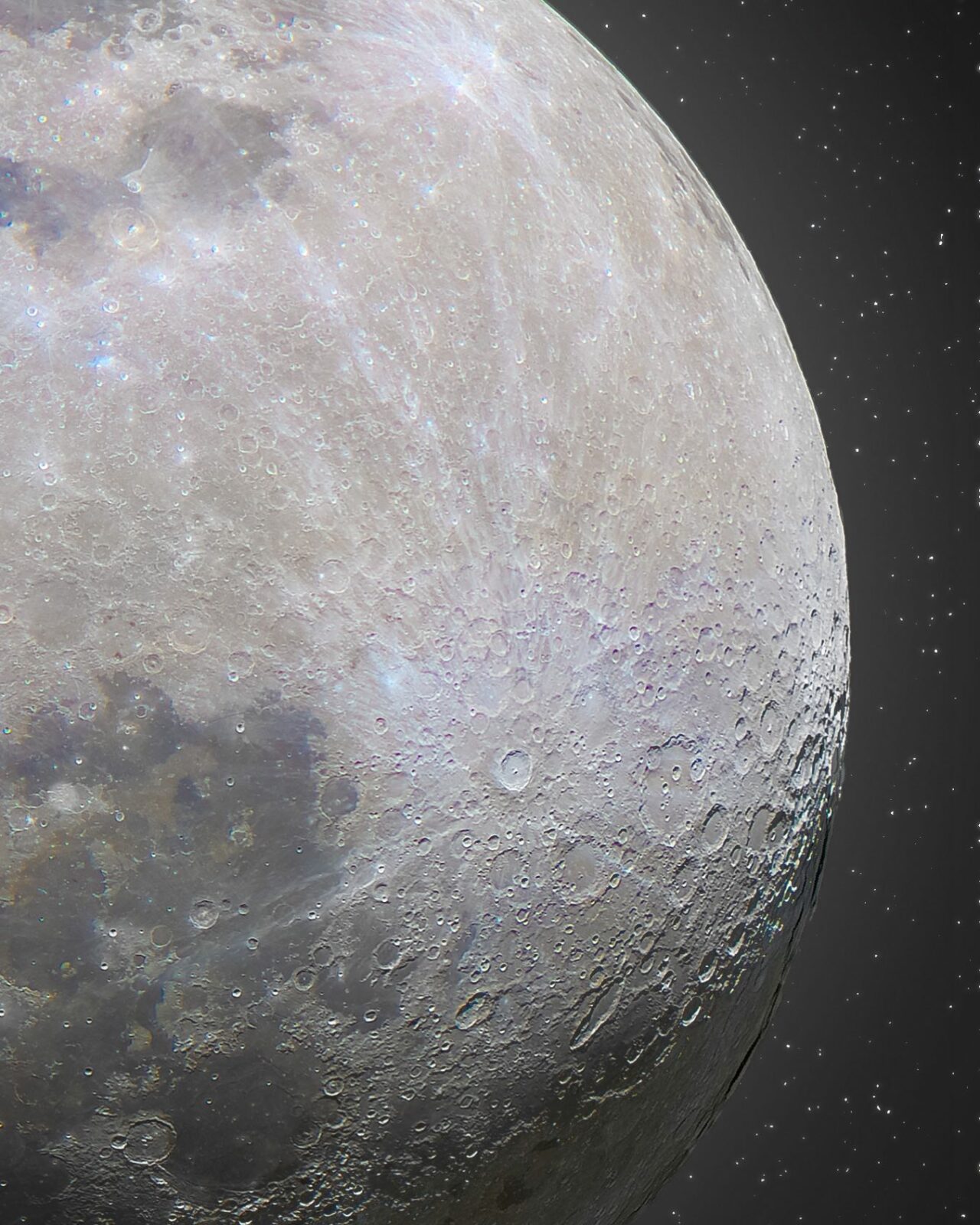
Few know of the complexity, skill and mastery required for astrophotography. Patience, extensive labour, and a keen eye are just some of the traits necessary to take on this profession and share more of the heavily undiscovered world that exists beyond our own. Can technology and skill capture what is a million miles away? Just ask revered astrophotographer Rami Ammoun.
Photographing the night sky and its celestial bodies, Rami is able to capture what our naked eye can’t. In detail.
Whilst we gaze up at to the sky with our naked eye, Rami is viewing the monthly moon through his telescope. Since the majority of his protagonists are hundreds of miles away, Rami’s astrophotography requires the right equipment and a dedicated photographer behind the lens. To achieve high resolution imagery, layering is required – and alot of it – hundreds or thousands of individual images need to be stacked to create this precision. It can get even more laborious – layering gigabytes of 4k video data and processing it through the required software and applications. This stacking is just for one image, created perfect for the human eye to comprehend with precise viewing.
To understand the gravity of Rami’s complex editing, just one of his astro images took 6 hours of processing and was a composite of 5,000 images.
Currently living in Richmond, Virginia, Rami describes the city to have less light pollution, allowing the stars to be more visible. Continuing on, he explains “this helps me identify some constellations, which in turns helps me align my telescope easily. Additionally, there are so many attractive locations to do lunar and astrophotography, such as Virginia Beach and Shenandoah Valley….”. Previously living in California, a clearer night sky is everything to an astrophotographer. Working as a Prosthodontist and Assistant Professor by day, Rami ensures astrophotography remains his passion, the driving force to pursue the full moon every month.
At 34 years of age he’s gained quite the audience for his photography, proving that our intrigue to the outer worlds will always remain, drawing us toward the natural phenomena that exists hundreds of miles away. At Champ, we had to find out more, so we spoke to Rami about the tools and techniques of his trade.

Please tell us about your upbringing and hometown.
I’m originally from Lebanese. My mom is Syrian and my dad is Lebanese. My dad is a pediatrician who owns a small hospital in the suburbs of Baalbeck, Lebanon. I used to work with him at our hospital throughout my childhood. My original profession is a dentist. I moved to USA in 2013 to continue my dental education. I got my US dental degree in 2015 then did a 3 years of advanced dental education in Prosthodontics. I got my masters degree and found a job in Richmond, Virginia, where I moved in September 2018. My photography journey started in 2015 while I was still in dental school, and it kept growing with me until it became my main interest.
Tell us about your current location, what is it about where you are that inspires you?
I’m currently in Richmond, Virginia. We have four seasons during the year. The weather here can be really hot and humid during the summer and can be very cold during winter. The sky here doesn’t have as much clear nights as where I used to be, in California. However I have less light pollution here and the stars are more visible. This helps me identify some constellations, which in turns helps me align my telescope easily. Additionally, there are so many attractive locations to do lunar and astrophotography, such as Virginia Beach and Shenandoah Valley.
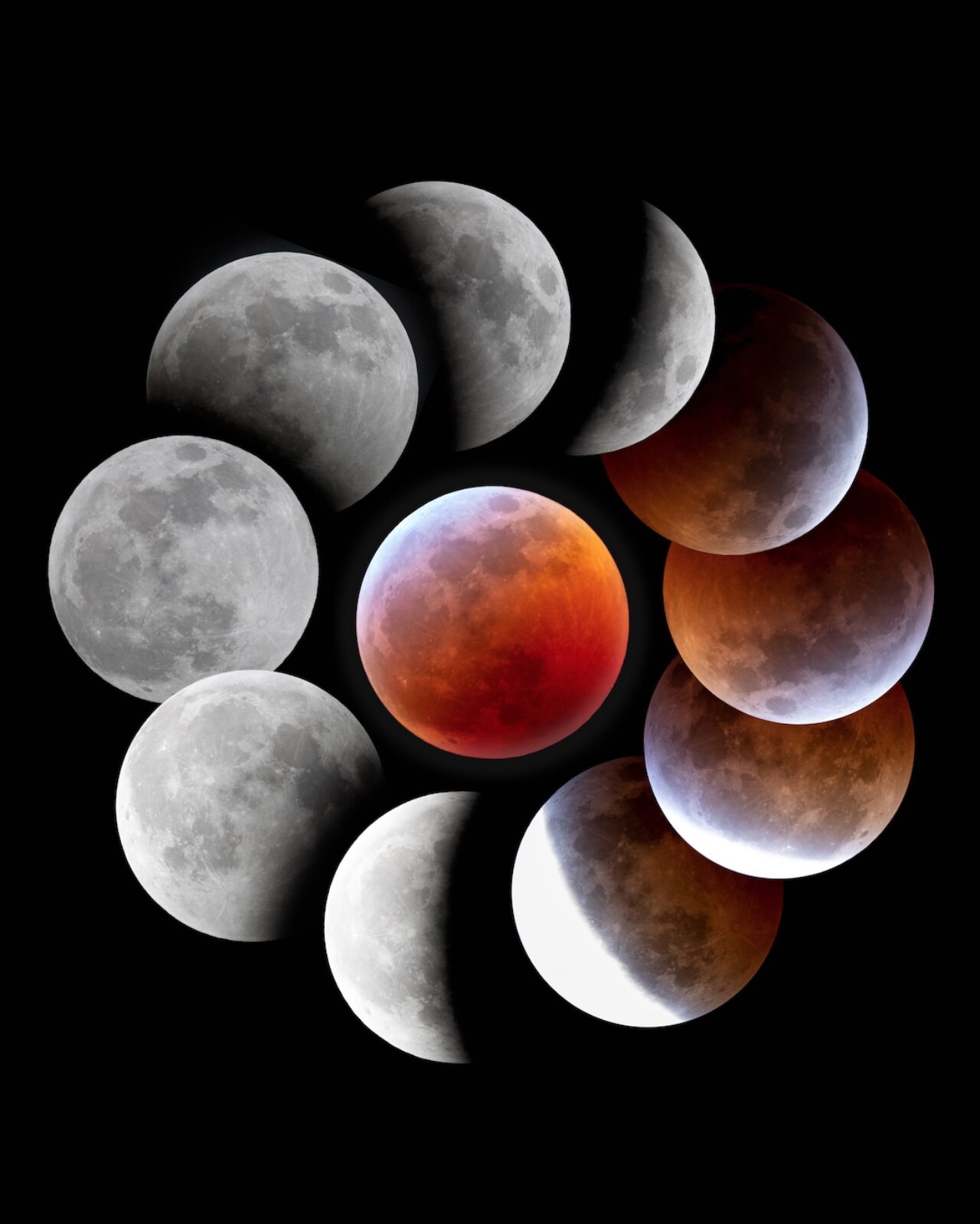
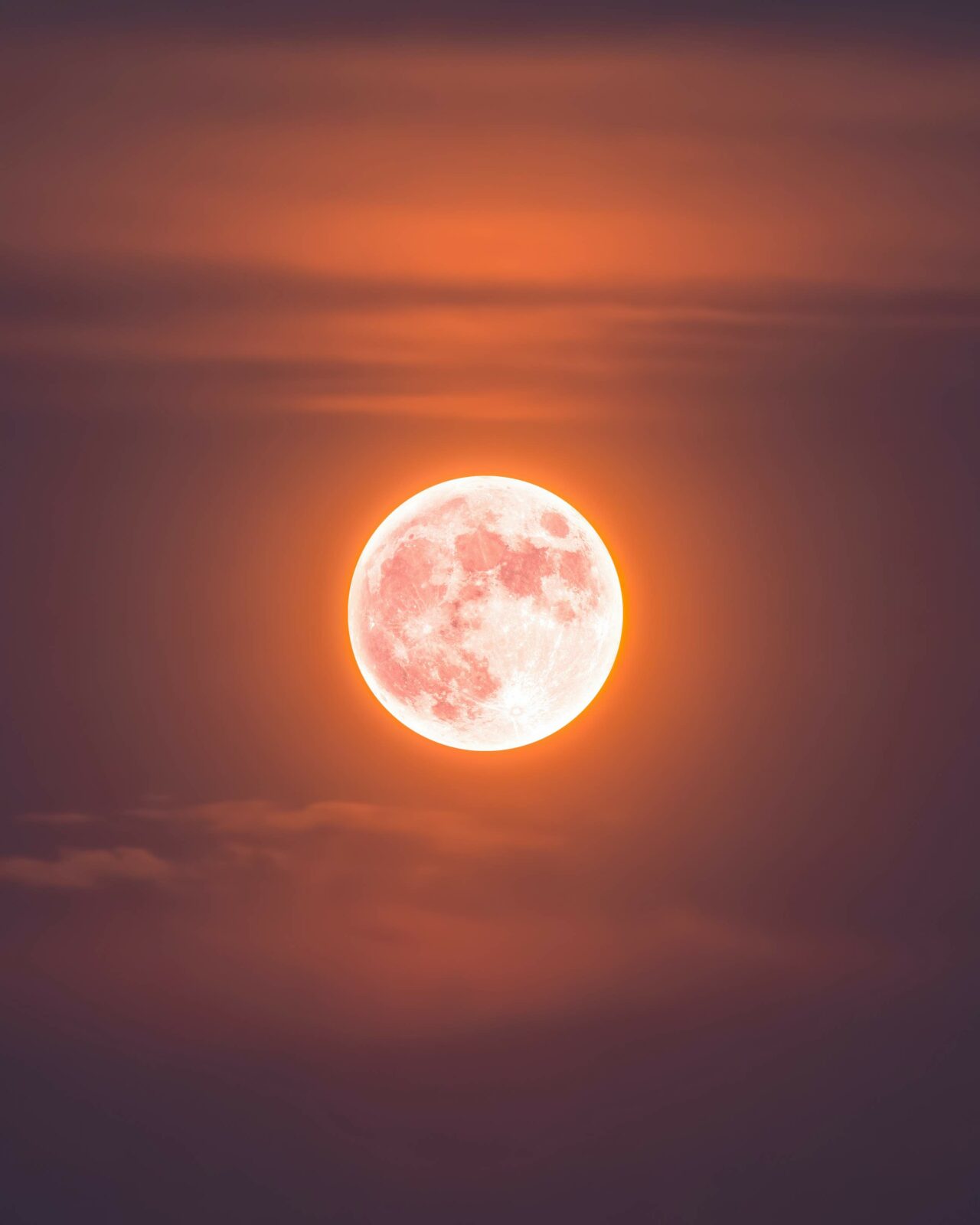
How did you first get introduced to astrophotography?
I got introduced to Astrophotography in April of 2015. At that time, I just finished my first dental degree in the USA. During the graduation dinner, I got a $1500 award and I used that to buy my first professional camera. I wanted to learn photography in general, however I didn’t know which type of photography would be my favourite, so I grabbed my camera and started shooting at various times of the day. I later bought a tripod and started trying long exposures at night and it blew my mind. Mostly, anything looks more spectacular to the camera at night with a long exposure. I took a photo of my neighbour’s house at night and it looked amazing, totally different that what you see during the day. At a later time, I was shooting right after the sunset. The Moon was just rising at that time, so I placed my camera behind two trees and took a picture of the Moon framed under these two trees. When I saw that image, I felt a blissful joy in my heart. I zoomed in more with my lens and took another shot, and it showed some craters on the Moon’s surface. I got more curious to see more details, so I started getting bigger lenses until I got a telescope. And since then, most of my photography has been about the Moon and the night-sky.
What are some things about this work that others might not yet know about?
Some people think that this is my main job. In fact I barely make any money from this hobby and it’s mainly a stress reliever for me. A lot of people reach out to me and tell me how much seeing this work helps them psychologically, which is the effect that I get from doing this as well. I’m a full time assistant professor and 90% of my time is dedicated to my career. It’s nice to get the telescope out somedays and look at the Moon, then take pictures of it and share it with others to see.
Other things people do not know is that additional to taking pictures, there is a lot of processing and work that happens behind the scenes. I do the processing to remove atmospheric turbulence from my images, remove noise, increase sharpness, and enhance the colours. I made a YouTube video few years back that explains the first step of my processing technique, which I still use until today.

You often travel for specific eclipse events, can you tell us more about your preparation and precision of timing?
I usually travel within one hour from my location, mainly due to an important celestial event that requires a higher chance of a clear sky. I did this before during the great conjunction of Saturn and Jupiter (Image 03), where I drove to Petersburg, Virginia to do a live broadcast of the event since my location was cloudy. I use a website called: https://maps.darksky.net/ that helps predict the chances of clouds in a certain area. I also drive to capture the international space station transits in front of the Moon. These usually require driving a specific location because of the limitation of the area that you can see a transit from. A website I use for this purpose is (https://transit-finder.com/). A recent capture I did of a transit was in Ashland, Virginia (Image 04), where I drove 45 minutes away from home to capture it. You can see a documentation of the process in my instagram as well: https://www.instagram.com/reel/CWk30gsPQ9o
As for the Moon phases and eclipse events, I use the website: https://www.timeanddate.com/eclipse/. This website is very handy in regards of planning eclipse events.
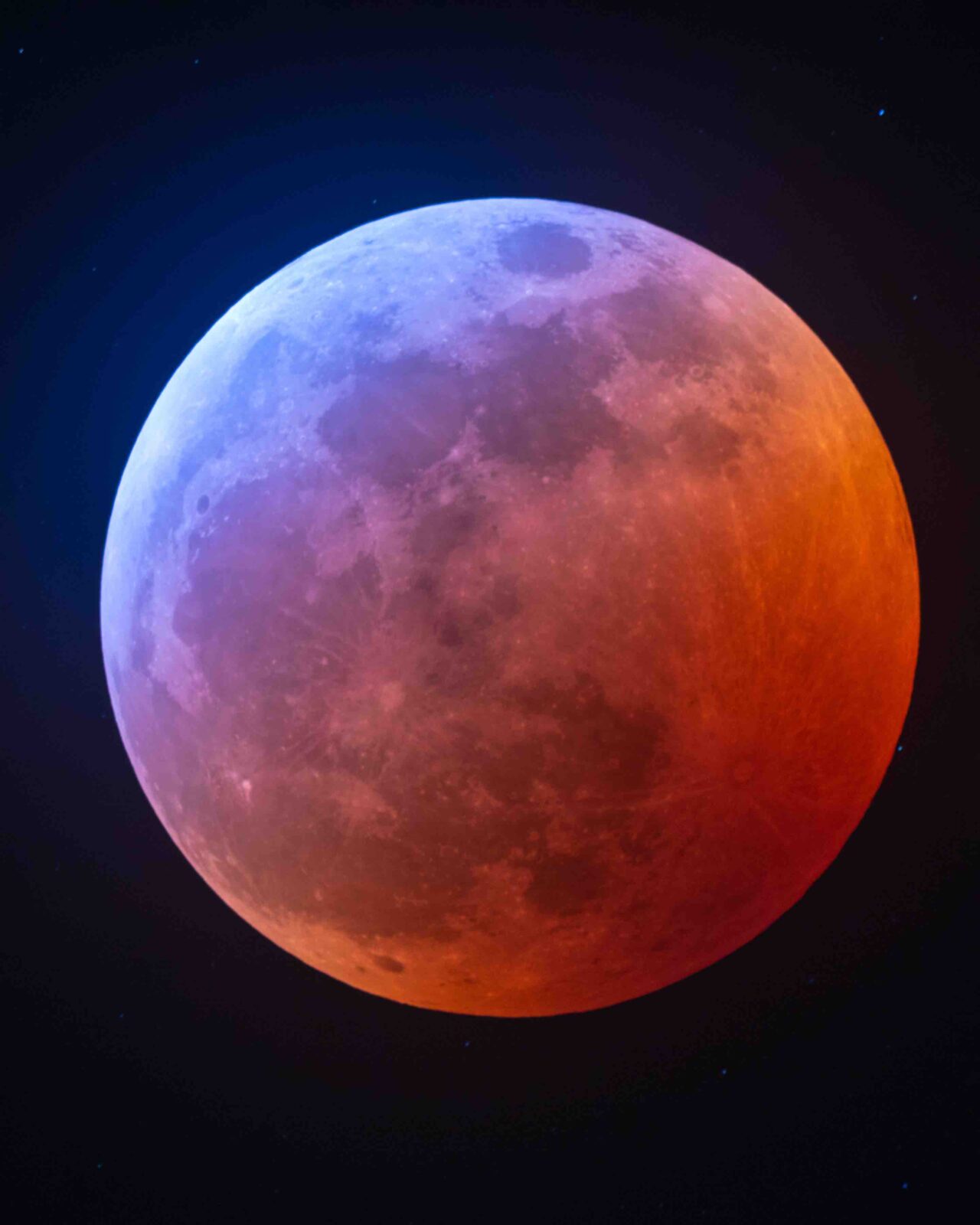
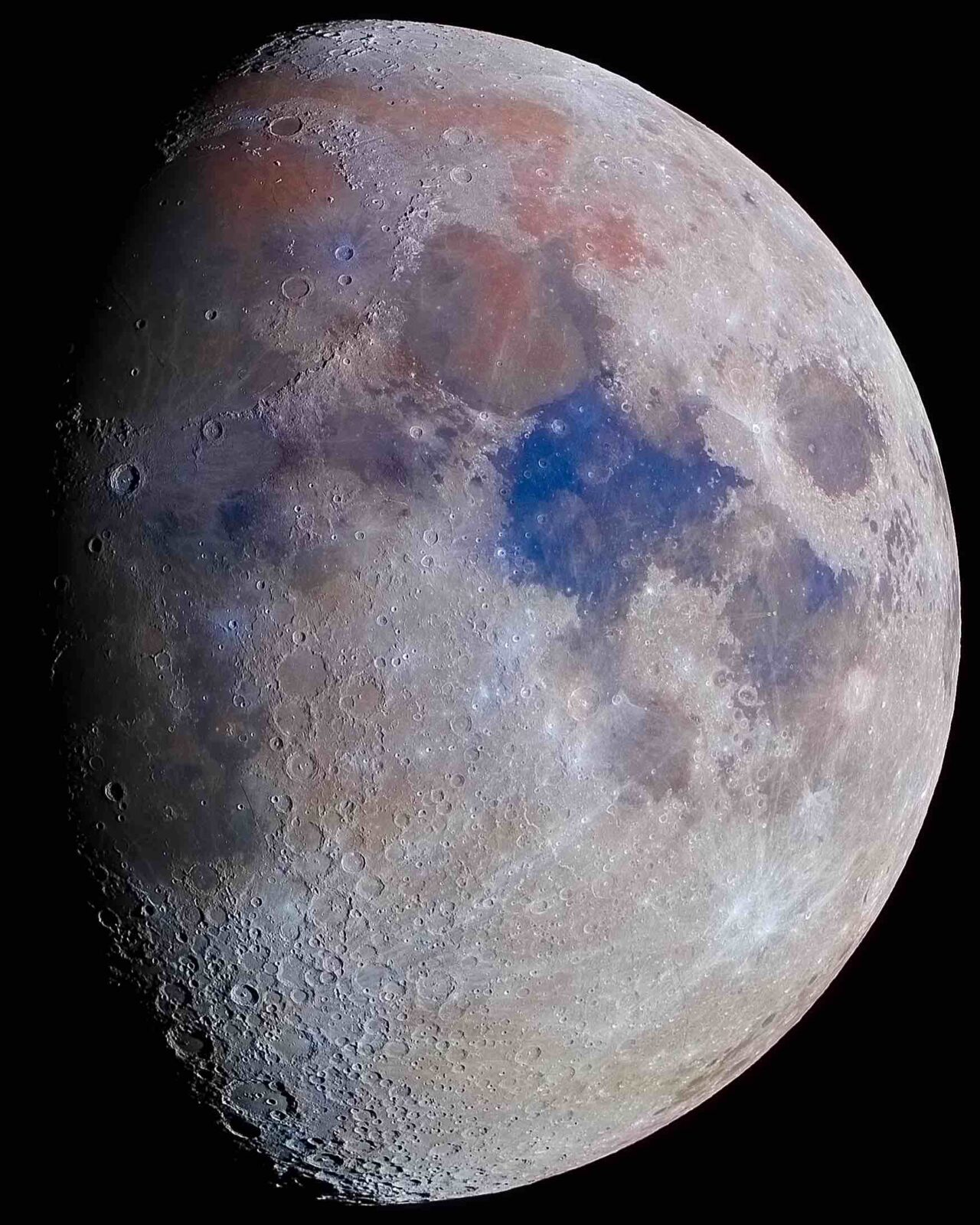
What are the tools of your trade?
I have 3 telescopes I use, 3 cameras, and 2 DSLR zoom lenses.
The telescopes are:
- Meade Instruments S6000 5” refractor telescope. I use this telescope 90% of the time to capture the Moon and the planets.
- Celestron 11” Edge HD telescope. I sometimes use this telescope to capture the planets. This main reason I don’t use this telescope often is that it’s too heavy (28lb), and it often needs a sort of instrument calibration (collimation) due to the thermal expansion/contraction of the material. If this calibration is not done, the quality of the images will be blurry.
- iOptron Photron 150 RC. This is a compact telescope that I use to do live broadcasts sometimes.
The Zoom lenses are:
- Canon 100-400 IS ii telephoto zoom lens. I use this lens to capture a wider views of the Moon and some Moon time-lapses
- Canon 24-70 mark II lens. I use this lens to do wide view astrophotography.
The cameras are:
- Canon 90D. I use this camera 90% of the time to capture the Moon and the planets
- Canon t6s. I use this camera for far planetary captures and video captures of the Moon.
- Canon 5D Mark iv. I use this camera for wide view Moon shots and wide angle astrophotography.
In addition to the above gear, I use the following tripods to carry the gear:
- Skywatcher EQ6 R Pro mount: this carries the 11” Celestron Edge HD
- Meade Instruments LX 85 mount: this carries the Meade 5” refractor telescope
- Meade Instruments LX 70 mount: this carries the iOptron Photron RC 150 and the 5” refractor as well (This has been discontinued for unknown reasons)
- Manfrotto 055 Aluminum 3-Section Tripod with Horizontal Column and a ball-head. This carries the cameras and the zoom lenses.

What is it about your camera that specifically enables you to photograph such eclipses? Why do you use this particular camera?
My main camera is the Canon 90D camera. This camera gives very sharp images that are 32 megapixels each. It captures great video and time-lapses as well. The battery lasts pretty long and the screen is articulated, which helps during times where the telescope is pointed vertically in the sky, so you can see what the camera sees from different angles.
My next favorite camera is the Canon 5D mark IV. This camera gives great long exposures in 30 megapixels. The camera also has great image noise control which is a common required feature for night photography.
How important is the latest innovative equipment in lenses or cameras?
The latest advancements in cameras include a mirrorless cameras which come with many advantages, such as lighter weight, being more compact, easier focus through the camera’s screen, better preview for night photography, higher frame-rate of shooting without getting shakiness from the mirror flipping. With all these advantages mentioned, I still use mirrored cameras and still haven’t upgraded to mirrorless, mainly because my cameras are still doing a great job for what I need to capture.
As for lenses I use in astrophotography, with telescopes included, nothing much have changed in the past few years. The best quality glass so far is the extra low dispersion glass (ED glass), a characteristic of the glass to produce sharp quality images with the least color artifact possible (chromatic aberration). This artifact shows as an orangish/bluish fringing at the borders of the photographed object. Even with the highest quality optics, you might still get the chromatic aberration (Image 05) if you increase saturation of your image. There are workarounds to fix this in post processing but the best optical instrument is usually the one that produces the lease chromatic aberration with the sharpest detail.

What have been some memorable moments for you as an astrophotographer?
One of my most memorable moments is the Lunar eclipse in January 2018. I was on grand terrace heights in California with two of my friends, Hui, and David. I captured that moment of the three of us with the Moon eclipse in front of us. One of my favorite images of all times.
A second memorable moment is my first image with the milky way, in Joshua Tree, Califrnia. I was mind blown with that picture, although it’s not the best of quality, the memory of that moment will stay with me forever.
What is the furthest your camera has been able to capture?
As for our solar system, the farthest planet I was able to capture with my camera is Neptune. This planet is the 8th and farthest known planet of our solar system. It’s 2.7 billion miles away (4.3 billion kilometres) from Earth and 17 times the size of our planet.
As for a deep sky object, the farthest thing I was able to capture was the Andromeda Galaxy, which is 2.537 million light years away.

What are some of the upcoming highlights in the astro calendar that you’ll ensure to capture?
After the recent partial lunar eclipse, the next big event will be the total lunar eclipse in May 15/16th of 2022. The eclipse will be visible in South/West Europe, South/West Asia, Africa, Much of North America, South America, Pacific, Atlantic, Indian Ocean, Antarctica.
For more astronomical events, which are many, I use the website SeaSky to see all the upcoming astronomical events.
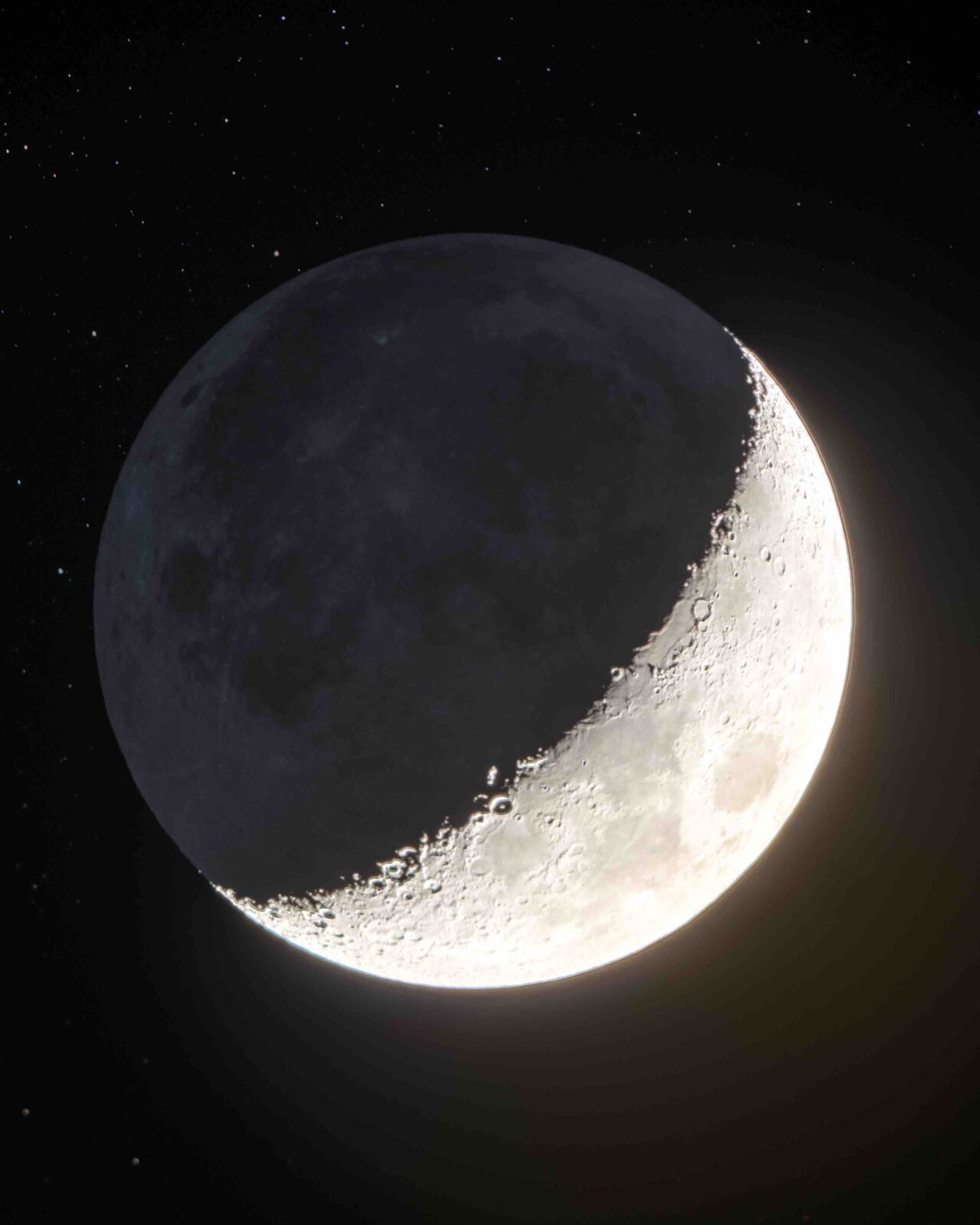
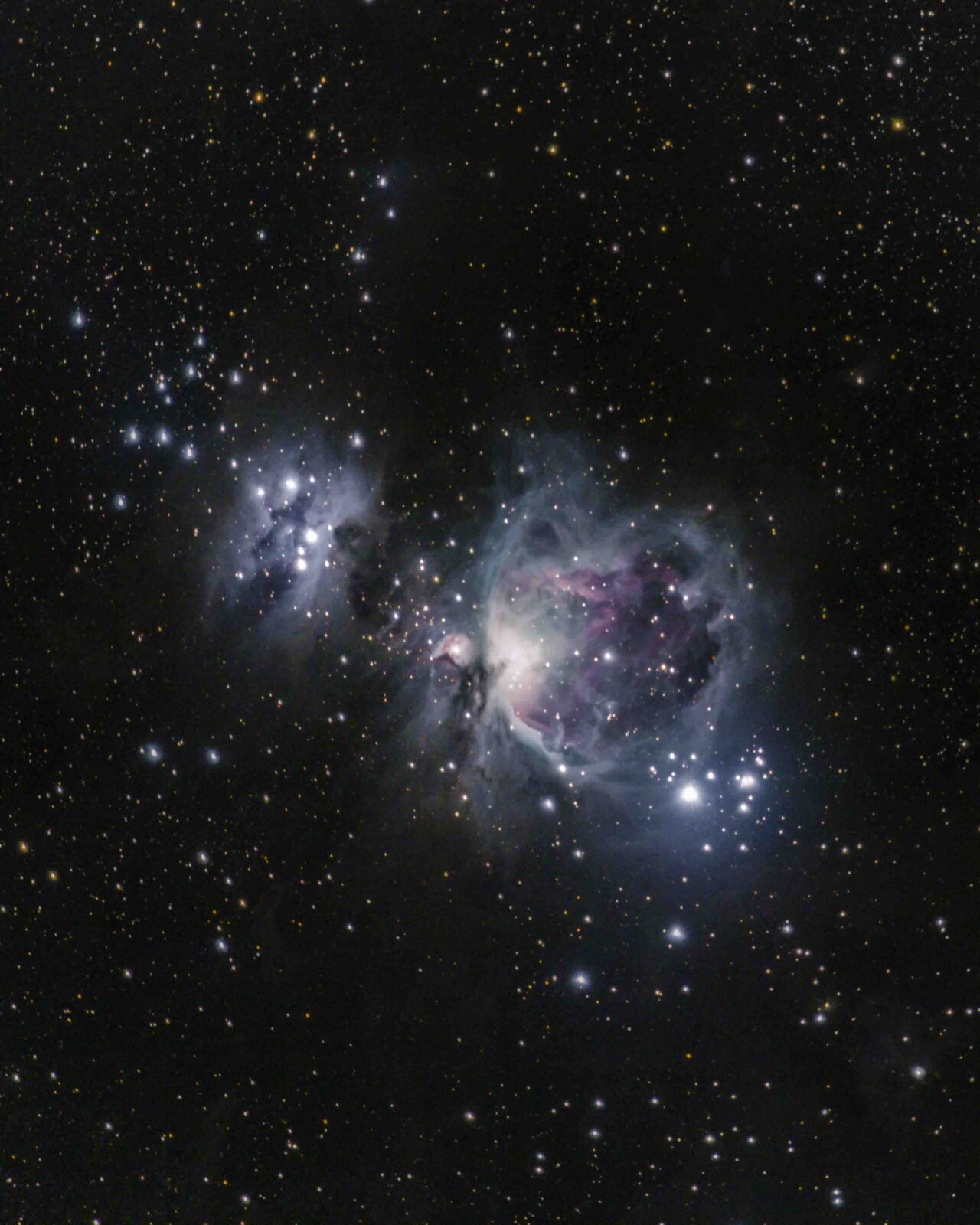
Images Courtesy © Rami Ammoun
Interview Monique Kawecki, Champ Editorial Director

































